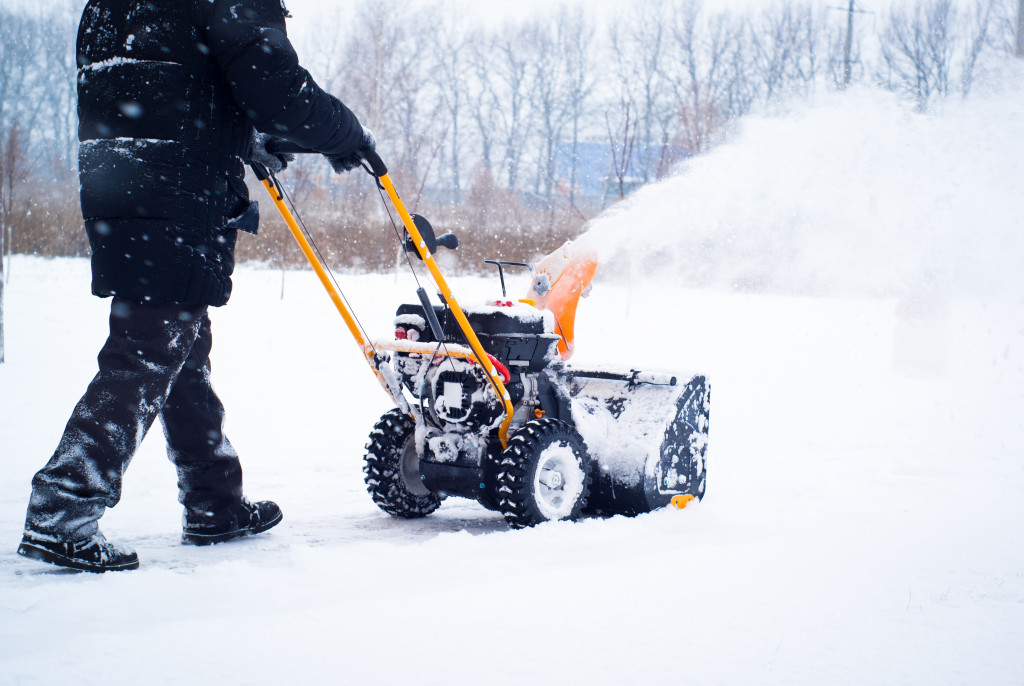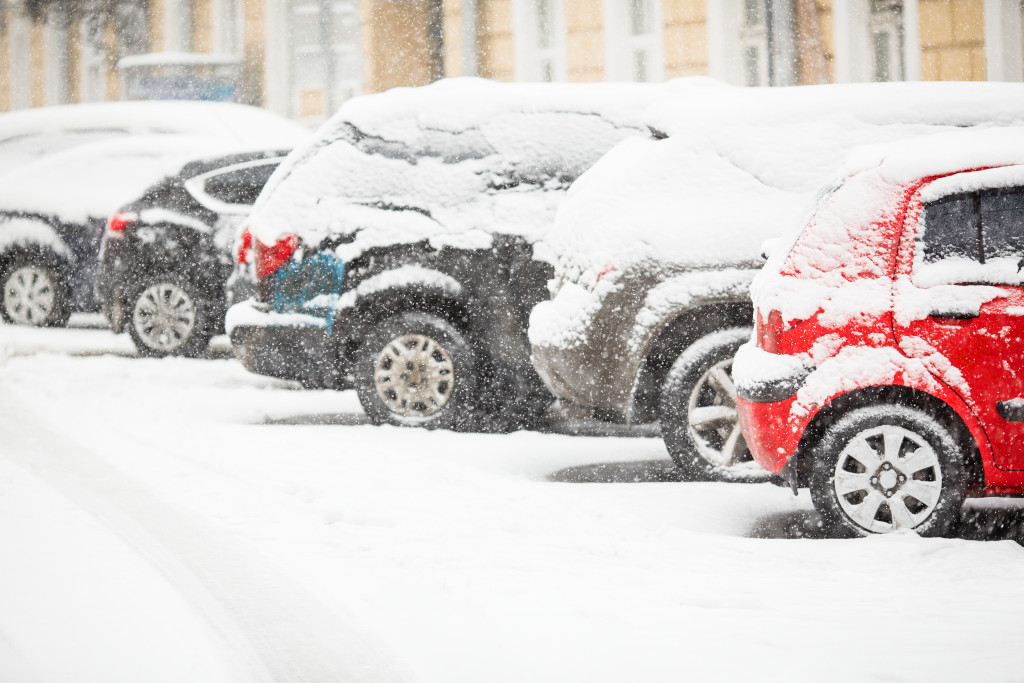Winter is one of the harshest seasons in the United States. It’s expected that some states will experience an average dip to 33.2 degrees Fahrenheit. That’s cold enough for ice and snow, but not every state is covered in frosty stuff.
Additionally, winter storms can lead to costly expenses for many homeowners. For example, a winter storm in Texas could cause communities within the area about $200 billion annually.
As a community member, it’s your job to be prepared for the winter. Here are five ways to prepare your community for the winter:
Get Your Home Ready For Winter
Your home should be an example to your community of how to prepare for the winter. You can start by insulating your home.
Insulation
The winter weather is enough to make any person shiver, and your home should be no different. You can protect your home from the cold by ensuring it’s well-insulated.
You can do this by:
- Checking for gaps and cracks in your walls, floors, and ceilings
- Adding weatherstripping around doors and windows
- Caulking windows and doors
- Adding insulation to your attic, walls, and floors
Additionally, there are also eco-friendly ways you can insulate your home. Some of the most common include:
- Cellulose insulation
- Recycled denim insulation
- Spray foam insulation
You can insulate your home yourself or hire a professional. If you’re going to insulate your home yourself, follow the instructions carefully. However, this can take a lot of time. Your best bet is to hire a local insulation company to help you out. These companies will ensure that your insulation is installed correctly. You might even get more options than the one listed above.
Winterize Your Plumbing
Your plumbing is another essential part of your home that you need to winterize. You can first start by insulating your pipes. This will prevent them from freezing and bursting.
You can insulate your pipes yourself or hire a professional. If you’re insulating your pipes yourself, follow the instructions carefully. You can find these instructions online or in home improvement stores.
After you’ve insulated your pipes, you should also:
- Drain your water heater (this will help prevent it from freezing)
- Turn off your sprinklers (these can freeze and cause damage to your pipes)
If you have a swimming pool, you should also winterize it. This includes draining the water, removing the ladder, and covering the pool.
Once you’ve prepared your home for winter, urge your neighbors to do the same.

Snow Removal
The average amount of snowfall in the country is around 28 inches. That’s a lot of snow! And it can be difficult to remove, especially if you don’t have the right equipment.
As a community, you should come together and help each other with snow removal. You can do this by:
- Shoveling driveways and sidewalks
- Clearing off cars
- Picking up any ice that may have formed on the ground
You can also help your community by being proactive about snow removal. This means that you should shovel before the snow falls. This will prevent you from getting buried in snow.
If you live in an area where it snows frequently, you should also invest in a snowblower. Snowblowers make it easy to remove large amounts of snow quickly.
You can also hire a professional snow removal company to help you out. These companies will remove the snow for you.
Prepare For Power Outages
Winter storms can cause power outages. And power outages can be dangerous, especially if they last for a long time. There are various ways you can prepare for outages. Here are some of them:
Have a Backup Generator
If you live in a common area where power outages, you should invest in a backup generator. A backup generator will provide you with power when the grid is down.
You can find generators at most home improvement stores. Be sure to get one that’s the right size for your home. The average cost of a backup generator is around $500. You can purchase one and share it with your neighbors to offset the expenses.
Alternative Heating Sources
If you live in a colder climate, you should have an alternative heating source. This will keep you warm if your power goes out. Some of the most common alternative heating sources include:
- Fireplaces
- Wood-burning stoves
- Propane heaters
- Kerosene heaters
Be sure to use these heating sources safely. Follow the instructions carefully. And never leave them unattended. Once again, this is shareable with your neighbors. You can also collect firewood together if you need it.
You don’t have to face winter alone. There are many ways to prepare your community for the winter. By working together, you can ensure everyone is safe and comfortable during the colder months.

